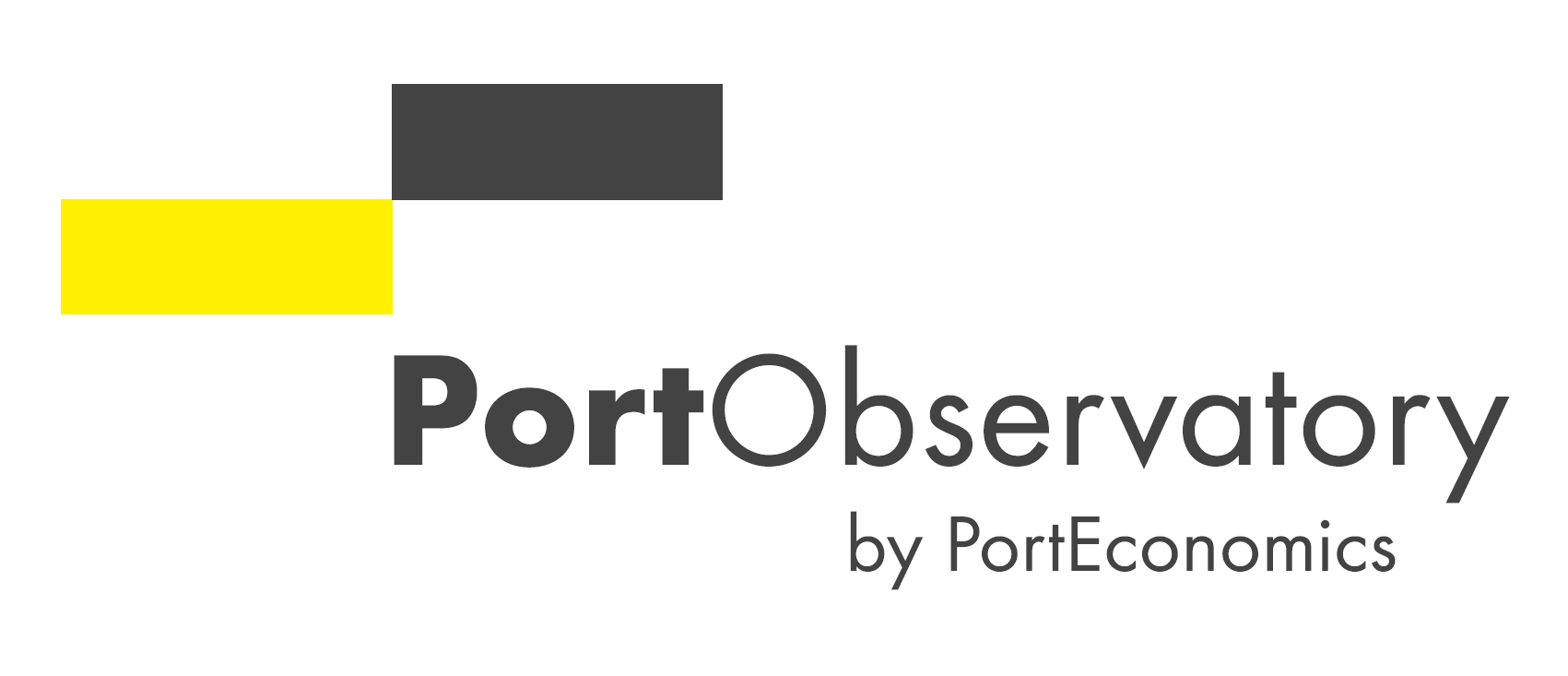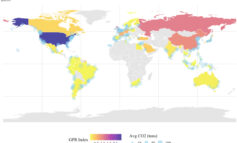The METRANS Transportation Center has released the full study on “Container Terminal Automation” developed by PortEconomics members Geraldine Knatz, Theo Notteboom & Thanos Pallis
In the past decade, container terminal automation has become a key theme in terminal development and operations. The progressive introduction of semi- and fully-automated terminal systems is driven, among other reasons, by the need for operations standardization, reduction in manning and increase in productivity. Yet, only certain terminals will fit the profile where unmanned automated equipment brings added value.
The drive towards automation is only partially explained by a cost/benefit perspective. This is a capital-intensive and complex process that takes place at different scales, paces, and locations. Determining the factors that drive the decision to automate are multi-faceted and vary by terminal operator and locality.
The study
The decision to automate usually results from a complex interplay between multiple possible drivers and perceived benefits. In some parts of the world, particularly the United States and Europe, the introduction of automated terminals has been very controversial, and there is little publicly available data available regarding what drives the automation decision and the benefits of automation.
In their study Geraldine Knatz, Theo Notteboom and Thanos Pallis undertake an in-depth analysis of the drivers of container terminal automation, the realized benefits, stakeholders’ attitudes towards automation, and specific implementation and investment considerations.
A database of global automated terminals was developed, with 59 features grouped into the following categories: operations, environmental and energy-saving, financial and cost savings, social, safety/security and resilience factors, and marketplace position. Terminals were surveyed to determine the combination of factors that drove their decision to automate and whether anticipated benefits of automation were realized once the terminal was in operation. In addition, the survey shed light on stakeholders’ attitudes towards automation and technical, financial, and integration factors associated
with automation implementation.
The Findings
Sixty-two container terminals were identified worldwide that are fully or partially (semi-) automated as of Q3 2021. Most of these have been developed in the past decade. Thirty-two of the 62 global automated terminals completed the survey. The findings show that most of the benefits assumed by an individual terminal operator materialized once the automated terminal was in operation. An analysis of the gaps between decision-making drivers and benefits realized revealed that reduced labour costs, reduced air emissions, improved truck-turn times, elimination of human factors, along with terminals having limited land for expansion and the opportunity to serve as a test-bed for new technologies were all factors where benefits exceeded expectations. Regarding reduced labor costs, the differences between expectations and benefits realized are marginal (slightly negative for U.S. and Europe and slightly positive for Pacific Asia).
The study also provides a regional comparison of the findings for three regions (i.e., North America, Europe, and Pacific Asia), aiming to understand better the sensitivity that might be produced due to local perspectives and culture.
Further detailing of the regional components compared the U.S. results with those of China and compared the U.S west coast and east coast terminals. In addition, the survey examined terminal operators’ perspectives of various stakeholder group positions on automation along with testing and implementation issues (such as the length of the testing period and the governance of system integration) and financial/managerial issues (such as the return on investment (ROI) period) for the automation investment.
You might download and read the full study here: Knatz, G., Notteboom T. & Pallis A.A. (2022). Container Terminal Automation: A global analysis and survey on decision-making drivers, benefits realized, and stakeholder support Los Angeles: METRANS, University of Southern California.











